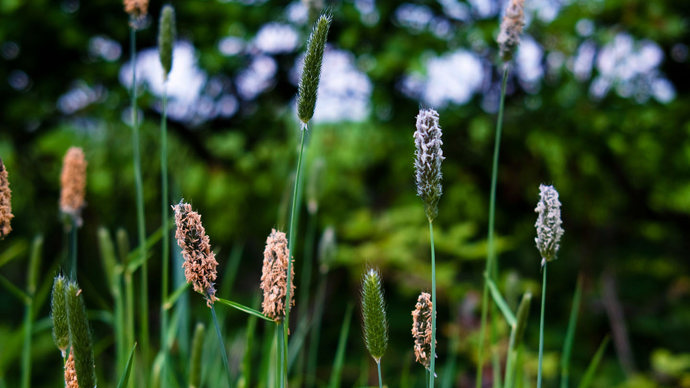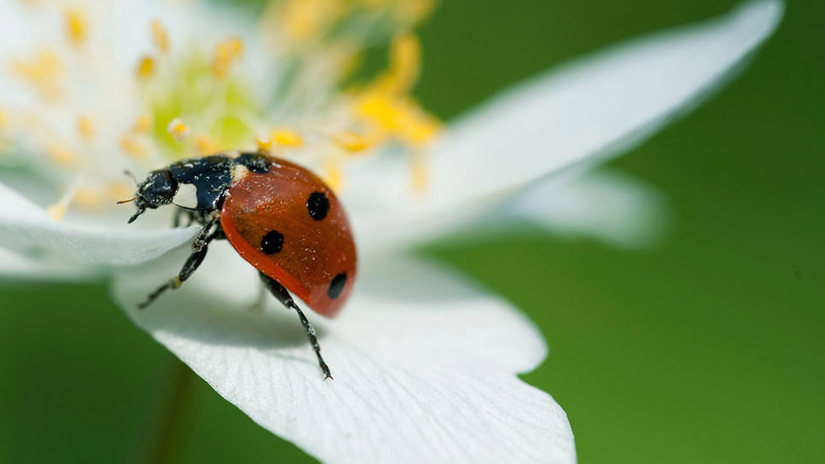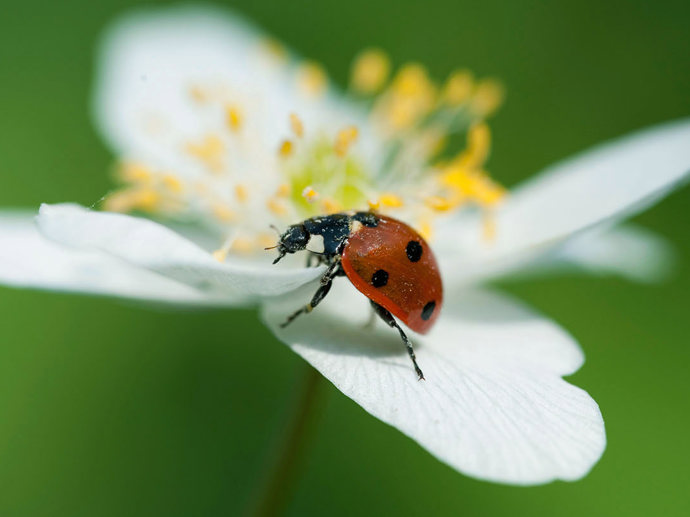Common name(s): meadow foxtail
Scientific name: Alopecurus pratensis
Family: Poaceae
Origin: native
Flowering season: April to June
Habitat: meadows, grassland, hedgerows
Upright and bushy-tailed, meadow foxtail is a charming addition to any meadow. It provides food and habitats for a variety of invertebrates, including the caterpillars of the Essex skipper butterfly.
Common name(s): meadow foxtail
Scientific name: Alopecurus pratensis
Family: Poaceae
Origin: native
Flowering season: April to June
Habitat: meadows, grassland, hedgerows
A perennial tufted grass, meadow foxtail gets its name from its long cylindrical flower heads that look like foxes’ tails. It grows up to 100cm tall and is one of the first grass species to flower in the year. It remains green throughout the winter.
Leaves: approximately 5mm wide, smooth and hairless.
Stem: erect and hard at the shaft.
Flowers: flowerhead is a long cylinder at the top of a stalk. It can grow 2–10cm long and 5–10mm wide. It has short silky hairs called anthers which are around 5mm long and give the flower a bushy look.
Seedheads: dense, cylindrical, 3–6 cm long.
Not to be confused with: Timothy grass (Phleum pratense) which is coarser and flowers later in the year. The shoot bases of Timothy grass are swollen like an onion and those of meadow foxtail aren’t.
Meadow foxtail is native to Europe and Asia. In the UK, it is common throughout England and Wales and visible all year round, though it's easier to identify when in flower from April to June.
Look for meadow foxtail across meadows and other grassy areas that are fairly moist, as well as along roadsides and bordering hedges.

Credit: Hugh Mckean / Alamy Stock Photo
Meadow foxtail is a foodplant of the caterpillars of the Essex skipper butterfly. As a long grass, it also provides an important habitat for a variety of invertebrate species.
The first of its scientific names – Alopecurus – comes from the ancient Greek word alpekouros which means fox tail.
Meadow foxtail is often used in agriculture as a hay crop.
The main threat to meadow foxtail is loss of habitat. Some biodiverse meadows have been converted and seeded with faster-growing grass species. That said, meadow foxtail is still very common throughout England and Wales.


External link
Have you seen the first ladybird of the year or the last swallow of summer? Tell us about the nature near you and help scientists track the effects of climate change on wildlife.